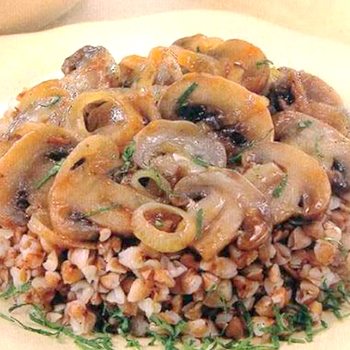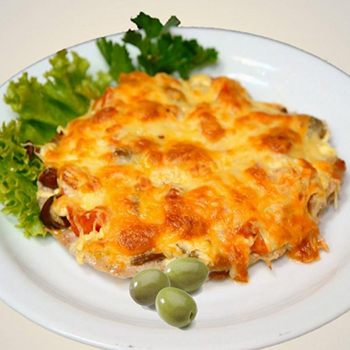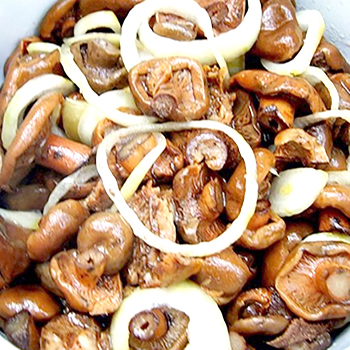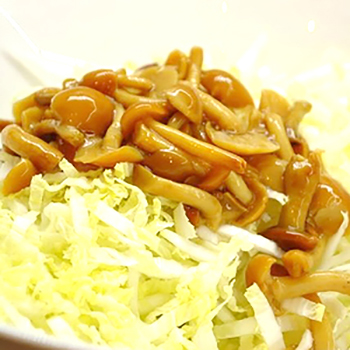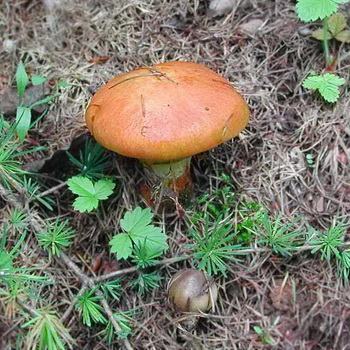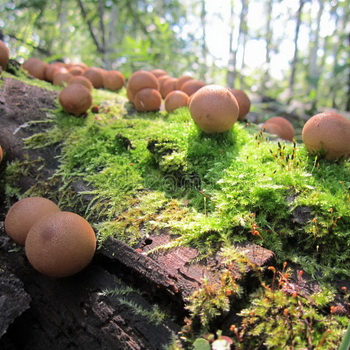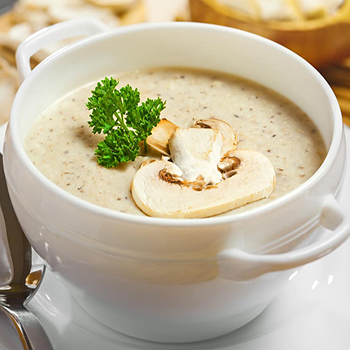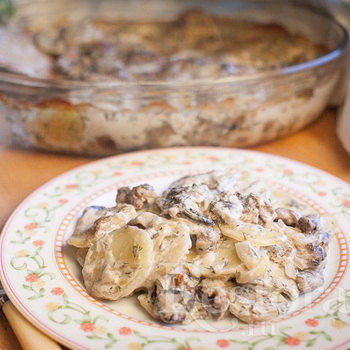Is the spring mushroom of sarcoscifus edible or not, where it grows and what it looks like
 Sarcoscypha - one of those mushrooms that have a very attractive appearance. With a rich imagination, they can even be compared with scarlet flowers, especially if these original fruiting bodies do not grow on dry wood, but on juicy green moss. In this case, it seems as if a dense bright bud is surrounded by bright green leaves.
Sarcoscypha - one of those mushrooms that have a very attractive appearance. With a rich imagination, they can even be compared with scarlet flowers, especially if these original fruiting bodies do not grow on dry wood, but on juicy green moss. In this case, it seems as if a dense bright bud is surrounded by bright green leaves.
The first beautiful mushrooms after the snow melts are the spring mushrooms of the sarkoscyphus, which are bright red, resembling small red cups. Although these mushrooms are small, they are surprisingly bright, which evokes a feeling of joy. Their appearance tells everyone: finally, the real spring has come! These mushrooms can be found everywhere: near roads, paths, on the edges, in the depths of the forest. They can grow on thawed patches near snowy areas.
Types of spring sarcosciths

There are two types of sarcosciths: bright red and Austrian. Outwardly, they differ little, only close and under a magnifying glass you can see small hairs on the outer surface of the bright red sarcoscif, which are not present in the Austrian sarcoscife. For a long time, the literature wrote that the edibility of these mushrooms is unknown or that they are inedible.
All mushroom pickers are interested in: are sarcoscifs edible or not? Now there is a lot of information on the Internet about the edibility of these mushrooms, even in its raw form. I would like to note that a one-time use of mushrooms, after which nothing happened, is not yet a reason for their constant use. For mushrooms, there is such a concept as the possible accumulation of harmful substances from repeated use. It is because of this property, for example, that thin pigs were officially classified as inedible and even poisonous twenty years ago. Since scientists have not yet said their final word about sarcosciths, they cannot be classified as edible. In any case, they must be boiled for at least 15 minutes.
The sarcoscith has an important feature, they are an indicator of good ecology.
This means that they grow in ecologically clean areas. The authors of the book annually observe these mushrooms in the Istra district of the Moscow region. It should be noted that these mushrooms began to adapt to changes in external conditions and are now very common.
If sarcoscifs are massive mushrooms, then there are other rare similar mushrooms in the form of yellow cups. They grow once every two to three years. They were last seen in 2013. They are called Caloscyphe fulgens.
Take a look at the photo of what different types of sarcoscifs look like:



Sarkoscif mushroom bright red
Where bright red sarcoscyphs (Sarcoscypha coccinea) grow: on fallen trees, branches, on litter in moss, more often on deciduous trees, less often on spruces, they grow in groups.

Season: the very first mushrooms that appear along with the melting of snow in spring, April - May, less often until June.
The fruit body of a bright red sarcoscyphus has a diameter of 1-6 cm, a height of 1-4 cm. A distinctive feature of the species is a goblet shape with a cup and stem of bright red color inside and whitish outside with short white hairs. The form straightens over time and the edges become light and uneven.
The leg is 0.5-3 cm high, conical, 3-12 mm in diameter.
The flesh of the sarcoscith mushroom is bright red, dense, scarlet. Young specimens have a faint pleasant odor, while mature specimens have a “chemistry” like DDT.
Variability. The color of the fruiting body inside the cup changes from bright red to orange.
Similar species. According to the description of the sarcoscifa, bright red is surprisingly similar to the Austrian sarcoscypha (Sarcoscypha austriaca), which has similar properties, but does not have small hairs on the surface.
Edibility: there is a lot of information on the Internet that sarcosciths are edible. However, the properties of the long-term effects of these mushrooms on the body have not been studied, therefore, from a scientific point of view, they are officially inedible.

